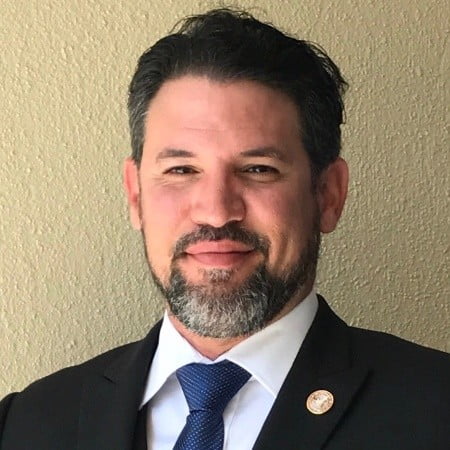Fentanyl, a synthetic opioid, is estimated to be 50 to 100 times more potent than morphine and about 50 times more potent than heroin. Though it has legitimate medical uses, particularly for pain management, the drug’s high potency makes it exceedingly dangerous when misused. As the opioid epidemic has swept across many parts of the world, the presence of fentanyl and its analogs has magnified the risk of overdose deaths. This article aims to illuminate the symptoms of fentanyl overdose, its effects, and the vital steps required for treatment.
Recognizing Fentanyl Overdose Symptoms
A fentanyl overdose can progress rapidly, making early identification crucial. Common symptoms include:
- Depressed Respiratory Function: Slowed or stopped breathing is a hallmark sign.
- Pinpoint Pupils: Notably constricted pupils.
- Unconsciousness: The individual may be unresponsive or unable to wake up.
- Limp Body: Muscles may be slack or floppy.
- Cold and Clammy Skin: Particularly to the touch.
- Blue or Purple Tint: Especially around the lips and fingernails due to decreased oxygen.
- Gurgling Sounds: Indicative of fluid in the lungs.
- Slow or Irregular Heartbeat: Decreased heart function.
Effects of a Fentanyl Overdose
An overdose, especially without timely intervention, can lead to:
- Brain Damage: Prolonged lack of oxygen can lead to irreversible brain damage.
- Coma: Overdose victims may slip into a comatose state.
- Death: Respiratory failure is the leading cause of death in opioid overdoses, including those from fentanyl.
Immediate Treatment for Fentanyl Overdose
If a fentanyl overdose is suspected, immediate action can be life-saving:
- Call 911: Always treat an overdose as a medical emergency.
- Administer Naloxone: Naloxone (Narcan) is an opioid antagonist that can reverse an overdose. However, due to fentanyl’s potency, multiple doses may be required. Familiarize yourself with local guidelines and carry naloxone if you or a loved one is at risk.
- Stay With the Person: Keep them awake and breathing if possible. Lay them on their side to prevent aspiration.
- CPR: If the person stops breathing or has no pulse, perform CPR if trained to do so.
- Post-Overdose Treatment
Following an overdose:
- Medical Supervision: After an initial reversal with naloxone, victims need to be observed in a hospital setting. There’s a risk of the drug re-saturating the receptors, leading to a return of overdose symptoms.
- Therapy & Counseling: Overdose is often a sign of a severe substance use disorder. Engaging in therapy or counseling can address the root causes of addiction.
- Medication-Assisted Treatment (MAT): Some patients benefit from MAT, which combines behavioral therapy with medications that reduce cravings and withdrawal symptoms.
Preventing Fentanyl Overdose
Prevention is always the best approach:
- Educate: Understand the risks associated with opioid use.
- Avoid Mixing: Mixing opioids with other substances, especially depressants like alcohol or benzodiazepines, can increase overdose risks.
- Safe Storage: Keep fentanyl and all prescription medications out of reach of others, especially children.
Fentanyl Overdose Symptoms, Effects and Treatment
Fentanyl’s potency is not to be underestimated. While it serves critical medical functions, its potential for harm, particularly in non-medical contexts, is immense. Recognizing the signs of an overdose and knowing how to respond can make the difference between life and death.
References:
- National Institute on Drug Abuse. (2021). Fentanyl DrugFacts.
- S. National Library of Medicine. (2021). Fentanyl.
- World Health Organization. (2018). Information sheet on opioid overdose.
Awareness and education remain the most potent tools in preventing overdose deaths. If you or someone you know is struggling with opioid addiction, it’s essential to seek professional help immediately.








